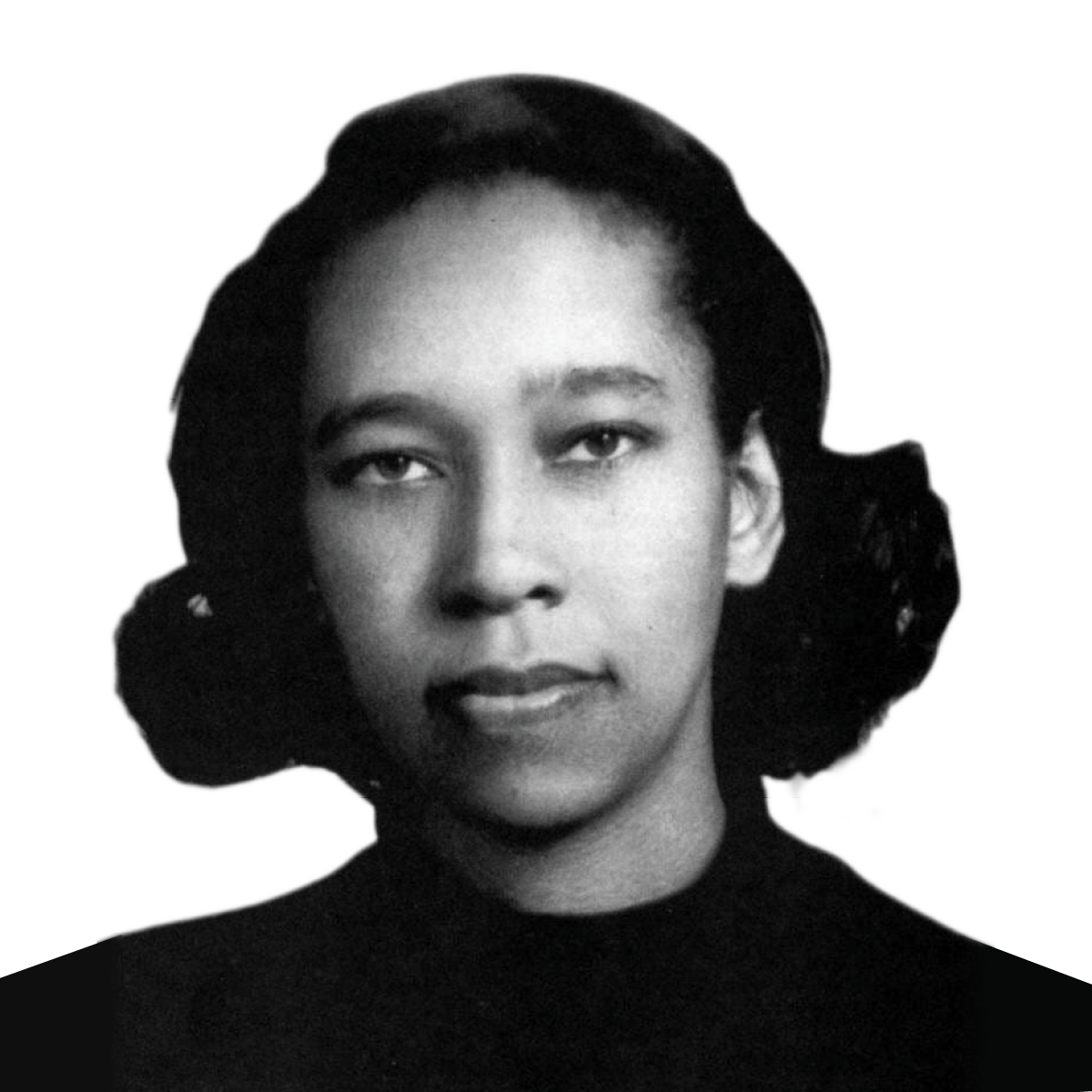
|
A Short Piece for Orchestra |
Composed: 1952 Estimated length: |
|
Born on March 25, 1924, in Lexington, Kentucky; Died on April 24, 1979, in Akron, Ohio |
|
|
First performance: During 1952 in Turin, Italy, with Dean Dixon conducting the Turin Symphony. |
|
|
First Nashville Symphony performance: These are the Nashville Symphony's first performances of this work. |
|
Orchestras bring extraordinary imagination to making the great works of the past relevant for today’s audiences. But in addition to presenting the familiar repertoire, as music director Giancarlo Guerrero remarks, it is also an essential duty of performing arts institutions like the Nashville Symphony to rediscover music by composers who have been unjustly overlooked: “Pieces become part of the repertoire only because we play them and then let you, as the audience, decide on whether you’d like to hear them again.”
We’ve seen this process unfold in recent years with composers like Florence Price, whose music was absurdly ignored for decades despite the acclaim she (all too briefly) enjoyed during her lifetime. Once orchestras began bringing it to the attention of contemporary audiences once again, the beauty of what we had been missing was undeniable—and Price’s music is increasingly in demand.
Julia Perry is another 20th-century composer who is long overdue for a reassessment. Born in Kentucky and raised in Akron, Ohio, she was encouraged by her music-loving parents and studied violin, piano, and voice from an early age. Perry attended Westminster Choir College, Juilliard, the Curtis Institute, and the Berkshire Music Center in Tanglewood. A pair of Guggenheim Fellowships led Perry to spend a formative period in Europe. In Florence, she was mentored by one of Italy’s leading modernist composers, Lugia Dallapiccola; she also studied in Paris with the influential Nadia Boulanger, who left her mark on a vast range of American composers (from Aaron Copland to Philip Glass).
Perry initially focused on songs and choral music—her first major work was a setting of the Stabat Mater in 1951—but her catalogue also includes numerous orchestral compositions (including a dozen symphonies) and operas. As the scholar J. Michele Edwards observes, influences from the African American traditions she was exposed to growing up inform both her earlier and later music, while Perry’s experiences in Europe led her to adopt the more abstract, neo-classical that is manifest in A Short Piece for Orchestra. A series of strokes starting in the early 1970s slowed down her prolific output; Perry’s brilliant career was foreshortened when she died at the age of only 55 in 1979.
A product of her second year in Italy (where it was premiered), A Short Piece for Orchestra later gained traction back in the United States after Perry made a couple of revisions. In 1965, it became the first piece by a woman of color (and the third by a woman) to be performed by the New York Philharmonic.
WHAT TO LISTEN FOR
The opening moments are dramatic and tense, immediately gripping our attention. This material returns at several points as a marker, interrupting and rerouting the contrasting sections that intervene, such as a more meditative passage initiated by the solo flute. Perry’s use of the full orchestral palette plays up the principle of contrast, continually shifting the musical center of gravity until the charged intensity of the opening returns to bring the piece to an abrupt close.
Scored for pairs of flutes, oboes, clarinets, bassoons, horns, trumpets and trombones; timpani; percussionists; harp; piano; celesta; and strings
− Thomas May is the Nashville Symphony's program annotator.